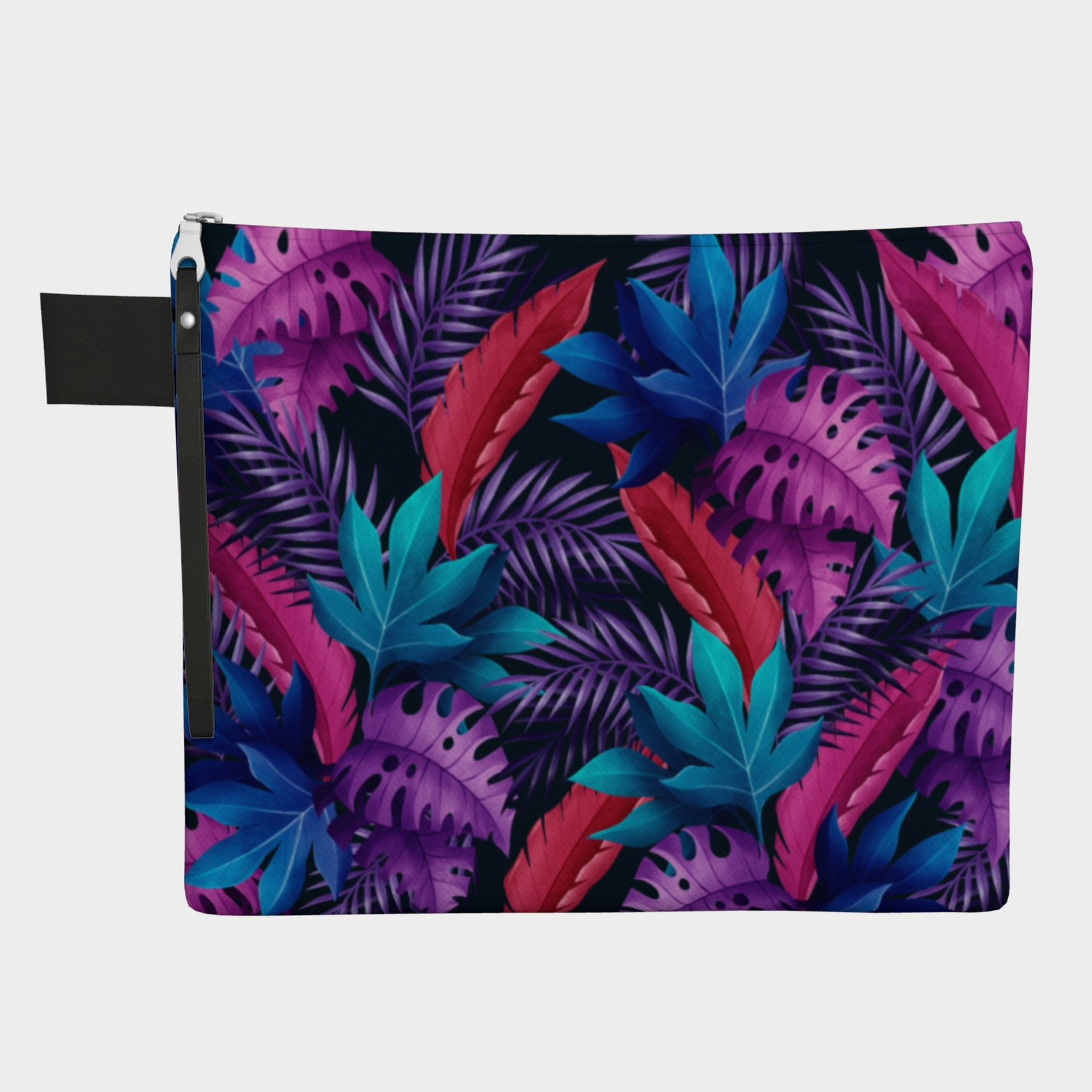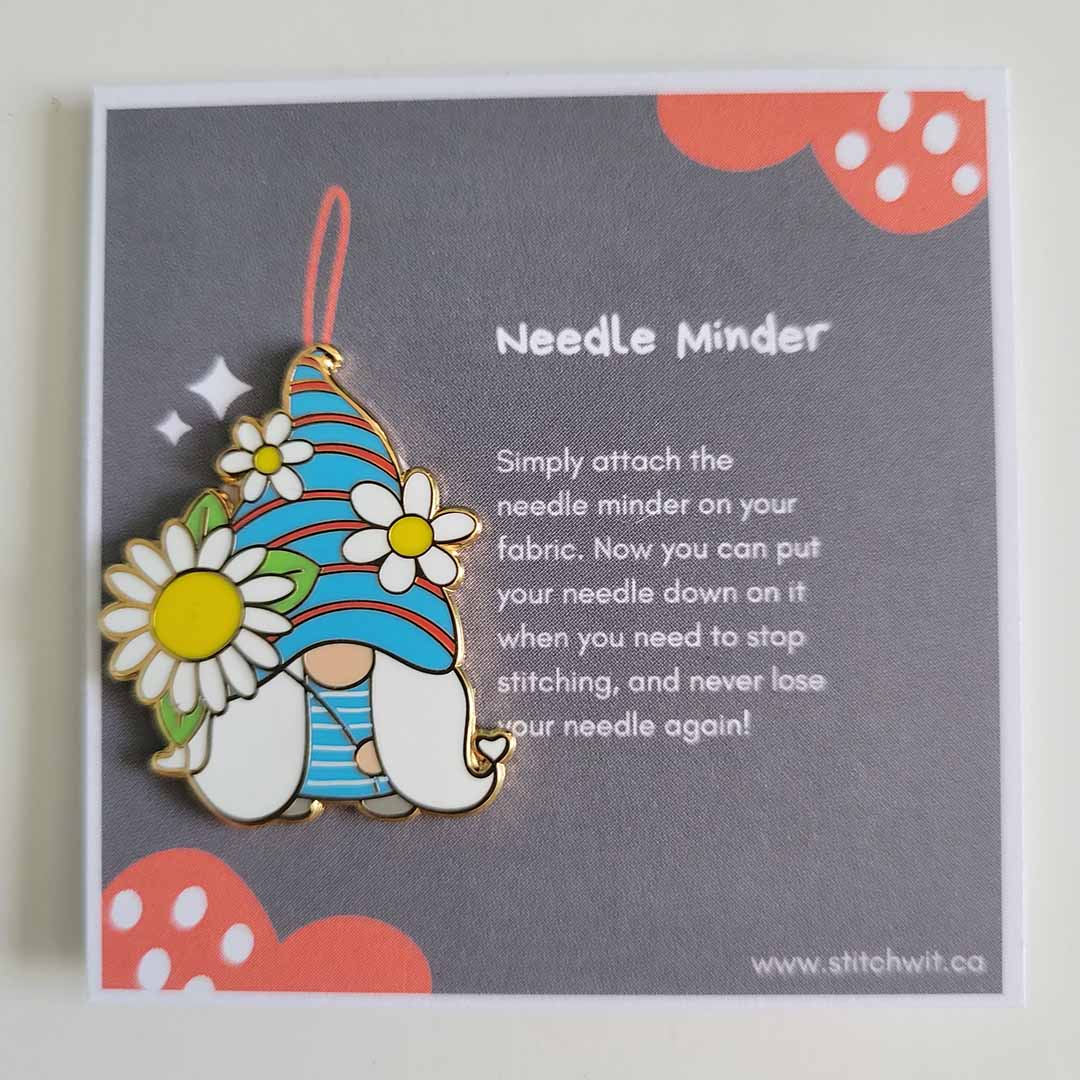How To Pair the Right Needle Sizes With Different Cross-Stitch Fabrics
So you've chosen the perfect cross-stitch pattern and the perfect fabric, but what about the needle? Do you know what size you need? Cross-stitch fabric comes in a variety of textures and weights, so it's important to use the right size needle for the fabric you are stitching on. Not sure which needle to use? No problem! I've put together a handy guide to help you choose the perfect needle for your fabric.
What Type of Needles to Use
Generally speaking, cross stitching is done using tapestry needles. Tapestry needles come in various sizes and all have blunt tips. A blunt needle is used because when cross stitching you should be parting the threads of the fabric and not piercing the fabric material. Always avoid splitting the fibres of your fabric and instead insert the needle in the holes. The only time you should use a sharp needle is when adding backstitch. Backstitch should be done last, so using a sharp needle is easier to get through the holes in the fabric that you have already stitched into.
There are many different brands of Tapestry needles and some come gold platted or you can find others that have ball-tip ends (my personal favourites!) but these come down to a personal preference. So now that we know the type of needles to use, it is time to talk about what size of tapestry needle for the fabric of your choice.
Why Needle Size Matters
The size of the needle should match the associated fabric count. When you use the right needle size it makes getting the needed through the holes of the fabric much easier. The most common two sizes of needles used to cross stitch are 24 and 26. This is probably because the most popular fabric counts used are 14, 16, 28 and 32. However, tapestry needles are available in sizes 18, 20, 22, 24, 26 and 28. Here is a handy little chart:
 Feel free to take a screen shot and save it for future reference. As you can see from the chart, the biggest needle is size 18 and the smallest is 28. Use the larger needles to get through smaller fabric counts as these fabrics have larger holes to work with. I know this can sound confusing. Remember, the higher the fabric count the smaller the holes. And the lower the needle size the bigger the needle will be.
Feel free to take a screen shot and save it for future reference. As you can see from the chart, the biggest needle is size 18 and the smallest is 28. Use the larger needles to get through smaller fabric counts as these fabrics have larger holes to work with. I know this can sound confusing. Remember, the higher the fabric count the smaller the holes. And the lower the needle size the bigger the needle will be.
Tips on Working With Needles
Now that we have gone through which needle to use with which fabrics, here are a couple of other helpful tips I have for working with needles:
- Get rid of old needles with marks or rough areas because they can damage your floss and fabric.
- Don't leave your needle in the fabric when you put projects you are working on away. It may leave a mark, especially nickel plated needles. This is one reason why some stitchers prefer the gold-plated needles.
- Try using ball-tip tapestry needles. They were a game changer for me! They seem to "find" the holes in the fabric much easier than traditional tapestry needles.
- If you aren't already using them, get yourself a needle minder! They are magnetic pins that sit on the fabric of your project and any time you have to pause your stitching, you just place the needle right on the minder. The magnet keeps it safe in place. I have some adorable minders available in the shop! You can find them here.
So, there you have it! Your comprehensive guide to pairing the right needles with different cross-stitch fabrics. Just remember, always measure your fabric to make sure you're using the right size needle. Do you have a favourite type, brand or size of needle? I'd love to hear about it! Feel free to share and comment below.
Happy stitching!





Leave a comment